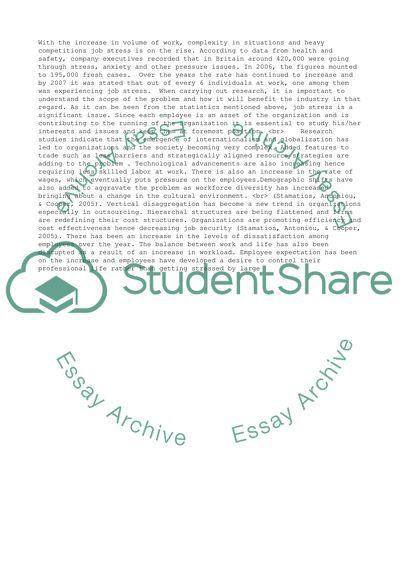Cite this document
(“Eliminating Job Stress Essay Example | Topics and Well Written Essays - 3500 words”, n.d.)
Retrieved from https://studentshare.org/management/1396487-eliminating-job-stress
Retrieved from https://studentshare.org/management/1396487-eliminating-job-stress
(Eliminating Job Stress Essay Example | Topics and Well Written Essays - 3500 Words)
https://studentshare.org/management/1396487-eliminating-job-stress.
https://studentshare.org/management/1396487-eliminating-job-stress.
“Eliminating Job Stress Essay Example | Topics and Well Written Essays - 3500 Words”, n.d. https://studentshare.org/management/1396487-eliminating-job-stress.


